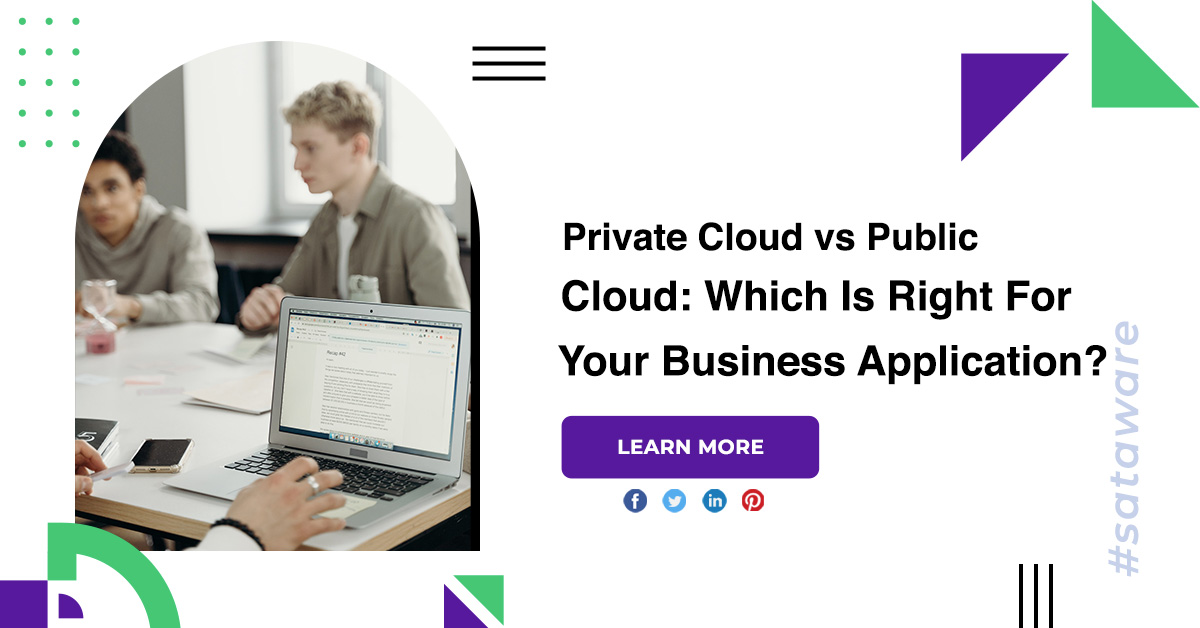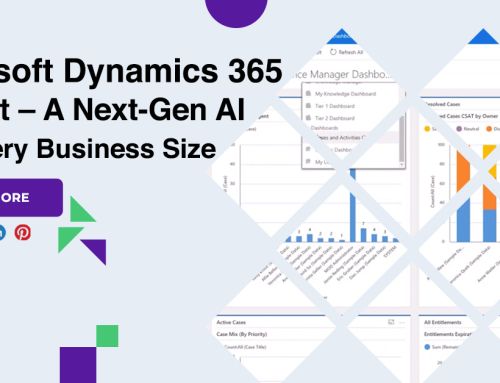Private Cloud vs Public Cloud: Which Is Right For Your Business Application?
Over the years, cloud computing has gained popularity in the IT and business community. Now, more than ever, businesses understand that cloud computing is the future and want to integrate it into their operations. For those venturing into the world of cloud computing, the conversation between private and public cloud has been going on for years. Before deciding which cloud is right for your business, or which side of the debate to stand on, it’s important to understand the difference between private and public cloud, along with the basics of cloud computing.
Private cloud vs public cloud
Level of control
In the public cloud, you use whatever hardware and software your cloud service provider offers such as Microsoft Azure, Amazon Web Services, or Google Cloud Platform. This relieves you of responsibility for infrastructure design and management, but visibility and control of the core components of your cloud environment may be limited. However, in a private cloud, you can customize and control compute, storage, networking and other infrastructure components to best suit the needs of your unique IT environment and business requirements but this level of control comes at a price.
Cost
When using a public cloud, you only pay for the CPU, storage, or bandwidth you use. So if you use 100 gigabytes on a virtual machine, you only pay for using 100 gigabytes. This can result in big cost savings, but it’s important to remember that since launching resources in the public cloud can be done with the click of a button, it’s just as easy to lose control and visibility of your instances. In a private cloud setup, because you’re buying infrastructure, you have to plan for and pay for anticipated usage, not actual usage. It is also important to keep in mind that there are additional costs associated with the ongoing maintenance of a private cloud environment.
Number of users
A public cloud is multi-tenant, while a private cloud is single tenant. Compared to a single tenancy, multiple tenancies can mean a larger pool of resources as it is designed for mass consumption. Single tenancy, on the other hand, gives customers the ability to make significant, customizable changes to their software something that is difficult for multi-tenant users to achieve because their resources are shared among other tenants.
Deployment
Public clouds reside in giant data centers where the infrastructure already exists so deployment is quick and easy. In fact, in the time it takes you to read this blog, you can log into your CSP portal and create a web or database server. Although automation has accelerated the design and deployment of private clouds much faster than in years past, the process still takes longer than getting started in a public cloud a matter of days or weeks instead of minutes.
Security
When you rely on your ISP for security, you have access to entire teams dedicated all day, every day, to protecting your business and its customers from risk. In a private cloud, you’re in control of the security, audit tools, and strategies you implement, which is useful if you have certain industry regulations you need to meet or specific solutions you need to use.
Conclusion
If your company prefers easy-to-use cloud infrastructure, rapid service deployment, and a pay-as-you-go pricing model, then public cloud is the better choice for you.











